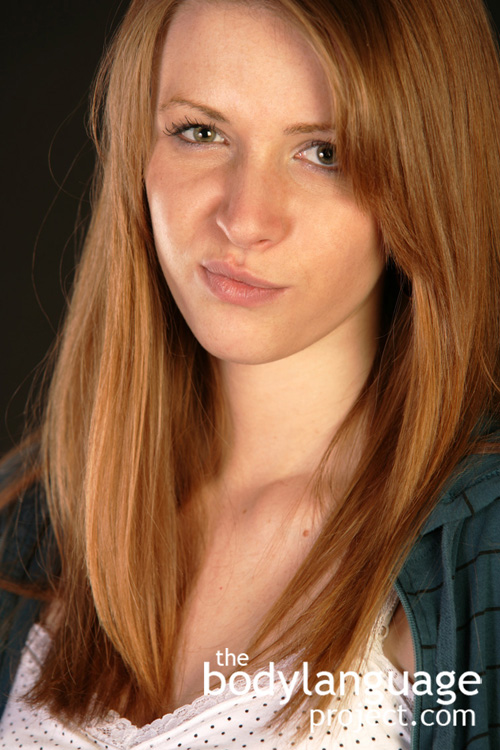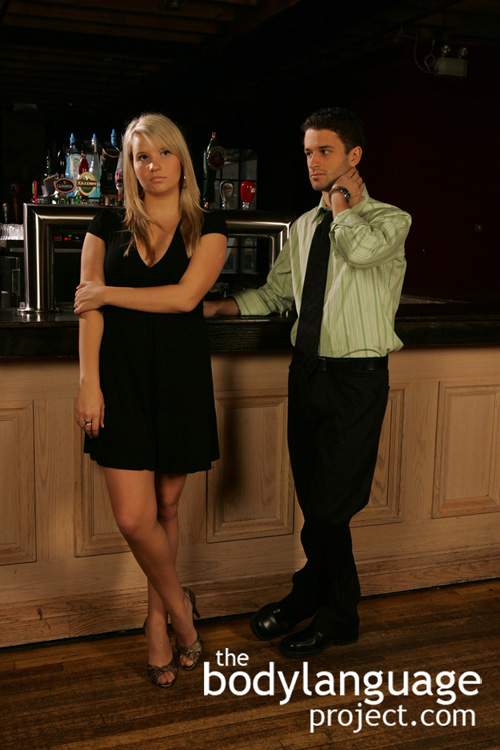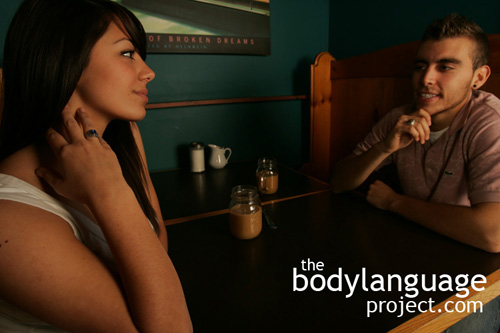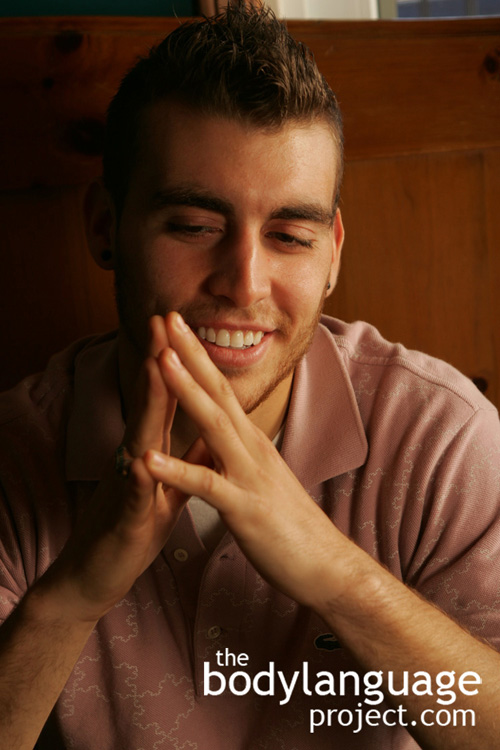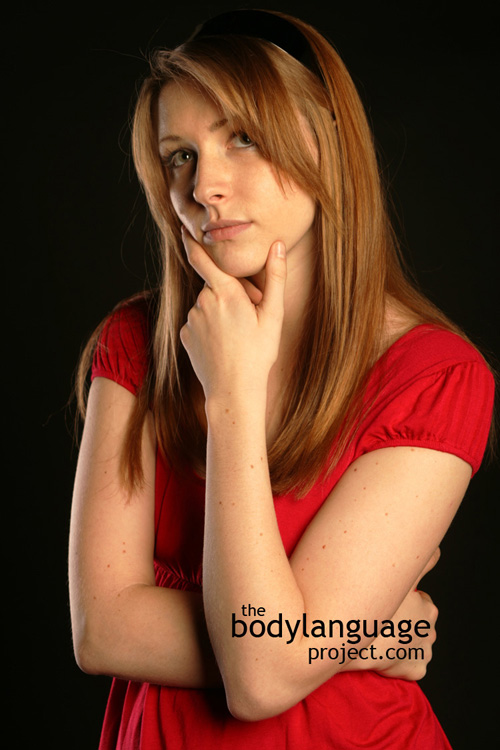In this chapter we looked at attentive and evaluative body language. Here we defined attentive in terms of active participation in a conversation or presentation and evaluative in terms of thought or processing of information to reach a decision. We saw that undivided attention is obvious when a rate of eighty percent eye contact, or nearly so, is achieved while being listened to, and whilst speaking occurs at a rate of sixty percent with any significant deviation representing a loss of attention. We saw that fidgeting or repetitive behaviours such as tapping the toes, swinging the feet or drumming the fingers can signal boredom. We covered other boredom indicators like the body sagging or slouching in a seat, leaning against the wall or dropping the head.
We then moved onto agreement indicators and found that slow nodding shows general agreement, but that quick nodding can show impatience or a desire to interject and also that the brain is hardwired to think positively either when nodding or viewing nodding by others. Next we learned that when the hand holds the chin it shows varying levels of negative thoughts by how much weight it supports. The more the weight held by the hand, we saw, the more boredom present.
We then looked at other evaluative body language such as chin stroking, signifying that the decision making process had begun but that a conclusion had not yet been reached, what glasses mean, peering over the glasses means judgment, hand steepling which shows confidence and hidden superiority, and neck rubbing, which is a restraint posture indicating negative feelings. Lastly, we covered additional evaluative body language such as stroking the side of the nose, flared nostrils, pinching the bridge of the nose, looking upwards, or looking around the room, but cautioned that some of these same gestures can be indicators of other thoughts. For example, we learned that looking up might also mean that someone is in disbelief and is ‘sending a prayer to God.’ We found that flared nostrils can also mean an internal judgment is forming, agitated or even aggression. We concluded that when we witness evaluative gestures we should prepare to mount a better case, or prepare for a possible negative outcome.

